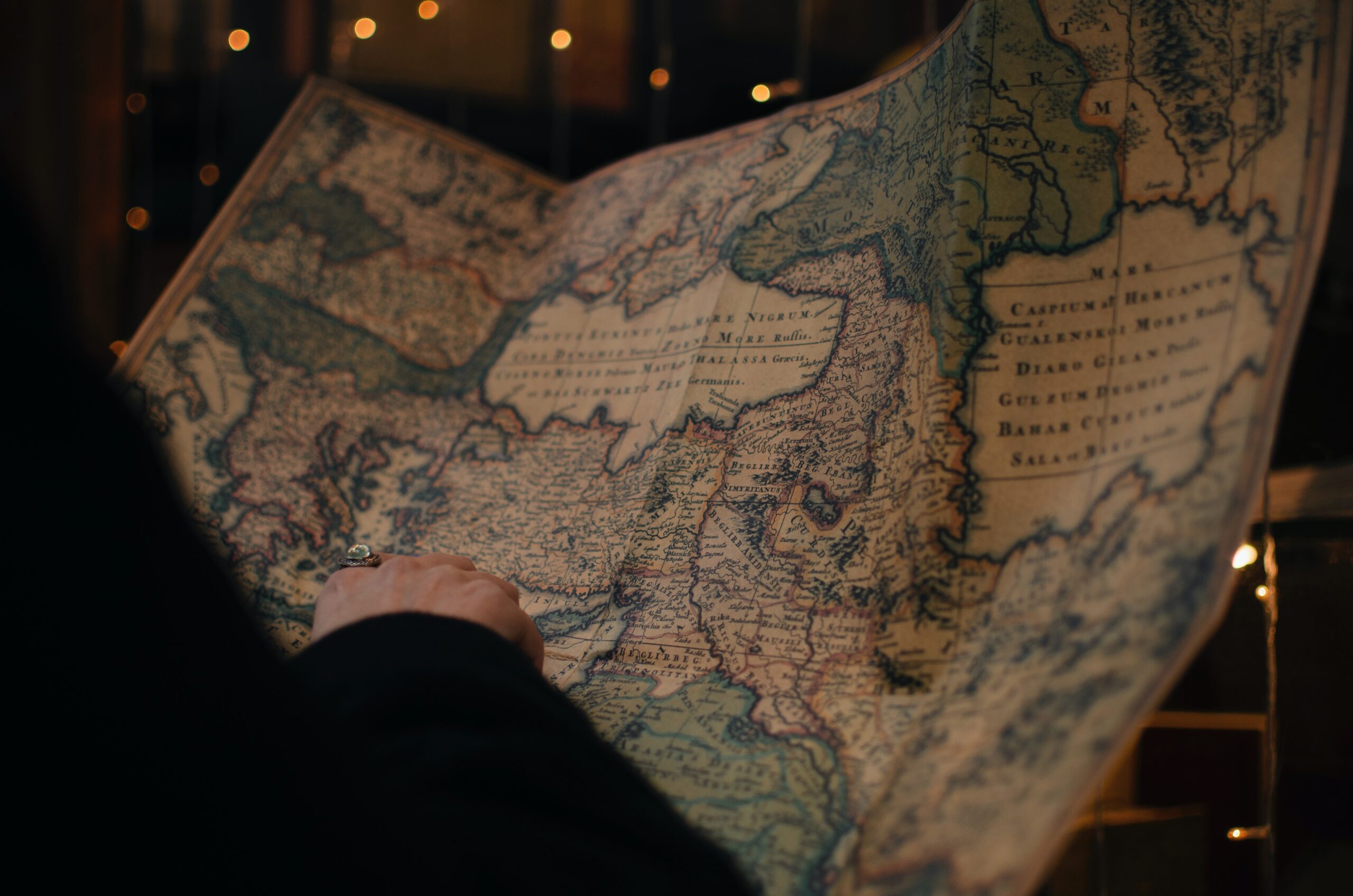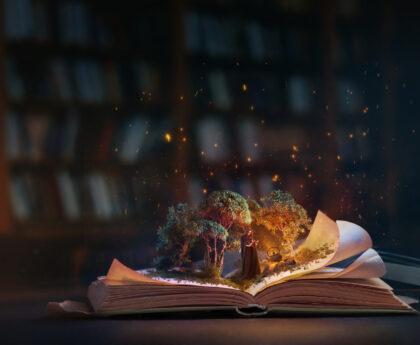Introduction:
World history is an intricate tapestry woven by the actions and interactions of countless civilizations, empires, and cultures. From the ancient wonders of Mesopotamia to the modern marvels of the digital age, the human story is one of triumphs, tragedies, discoveries, and innovations. In this comprehensive exploration, we embark on our journey through time, unearthing pivotal events, influential figures, and fascinating narratives that have shaped our world. So, fasten your seatbelts and get ready to immerse yourself in the rich tapestry of world history.
I. The Ancient World:
- Mesopotamia: Cradle of Civilization (8000 BCE – 539 BCE)
- The birth of agriculture and the rise of city-states
- The invention of writing and the emergence of law codes
- The powerful empires of Sumer, Babylon, and Assyria
- Ancient Egypt: Land of Pharaohs and Pyramids (3100 BCE – 332 BCE)
- The construction of the Great Pyramids of Giza
- The golden age of the New Kingdom and the rule of pharaohs
- The influence of religion, mummification, and the afterlife
- Classical Greece: Birthplace of Democracy and Philosophy (776 BCE – 146 BCE)
- The city-states of Athens and Sparta
- The rise of democracy and the impact of philosophers like Socrates, Plato, and Aristotle
- The Persian Wars and the Hellenistic period under Alexander the Great
- The Roman Empire: From Republic to Dominance (753 BCE – 476 CE)
- The foundation of Rome and the Roman Republic
- The expansion of the empire and the Pax Romana
- The rise and fall of Julius Caesar, the emperors, and the fall of Rome
II. Medieval and Renaissance Period:
- The Byzantine Empire: The Eastern Roman Legacy (330 CE – 1453 CE)
- The continuation of the Roman Empire in the East
- The influence of Orthodox Christianity and the Hagia Sophia
- The struggles against invaders, including the Ottoman Empire
- The Islamic Golden Age: Science, Art, and Empires (8th century – 14th century)
- The rise of the Abbasid Caliphate and the House of Wisdom
- Advancements in mathematics, astronomy, and medicine
- The spread of Islam and the caliphates of Baghdad, Cordoba, and Cairo
- The European Renaissance: Rebirth of Art and Learning (14th century – 17th century)
- The revival of classical knowledge and the shift toward humanism
- The artistic achievements of Leonardo da Vinci, Michelangelo, and Raphael
- The scientific advancements of Copernicus, Galileo, and Newton
III. Age of Exploration and Enlightenment:
- The Age of Discovery: Navigating New Horizons (15th century – 18th century)
- The voyages of Christopher Columbus, Vasco da Gama, and Ferdinand Magellan
- The impact of European colonization and the Columbian Exchange
- The rise of global trade and the emergence of powerful maritime empires
- The Scientific Revolution: Unveiling the Laws of Nature (16th century – 18th century)
- The groundbreaking discoveries of Galileo Galilei and Isaac Newton
- The advancements in astronomy, physics, and biology
- The clash between traditional beliefs and scientific progress
- The Age of Enlightenment: Reason and Revolution (17th century – 19th century)
- The rise of philosophical ideas promoting reason, freedom, and equality
- The impact of influential thinkers like John Locke, Voltaire, and Jean-Jacques Rousseau
- The revolutions in America, France, and Latin America
IV. Modern Era and Globalization:
- The Industrial Revolution: Transforming Society and Economy (18th century – 19th century)
- The shift from agrarian to industrialized societies
- The inventions and innovations that revolutionized manufacturing and transportation
- The social and economic impact on workers and urbanization
- World Wars and the Cold War: Shaping the 20th Century (20th century)
- The causes and consequences of World War I and World War II
- The rise of superpowers and the Cold War tensions
- The decolonization movements and the struggle for independence
- The Information Age and Globalization: The Digital Revolution (20th century – present)
- The development of computers, the internet, and digital technologies
- The interconnectedness of global economies, cultures, and communications
- The challenges and opportunities of the modern world
Conclusion:
World history is an ever-evolving narrative, a story of human triumphs, struggles, and the continuous quest for progress. In this exploration, we have only scratched the surface of the vast tapestry that encompasses our collective past. From ancient civilizations to modern advancements, each era has left an indelible mark on our world. By understanding our history, we gain valuable insights into who we are, where we came from, and the paths we may forge in the future. So, let us embrace the wisdom and lessons of the past as we navigate the complexities of the present and shape the course of tomorrow.




